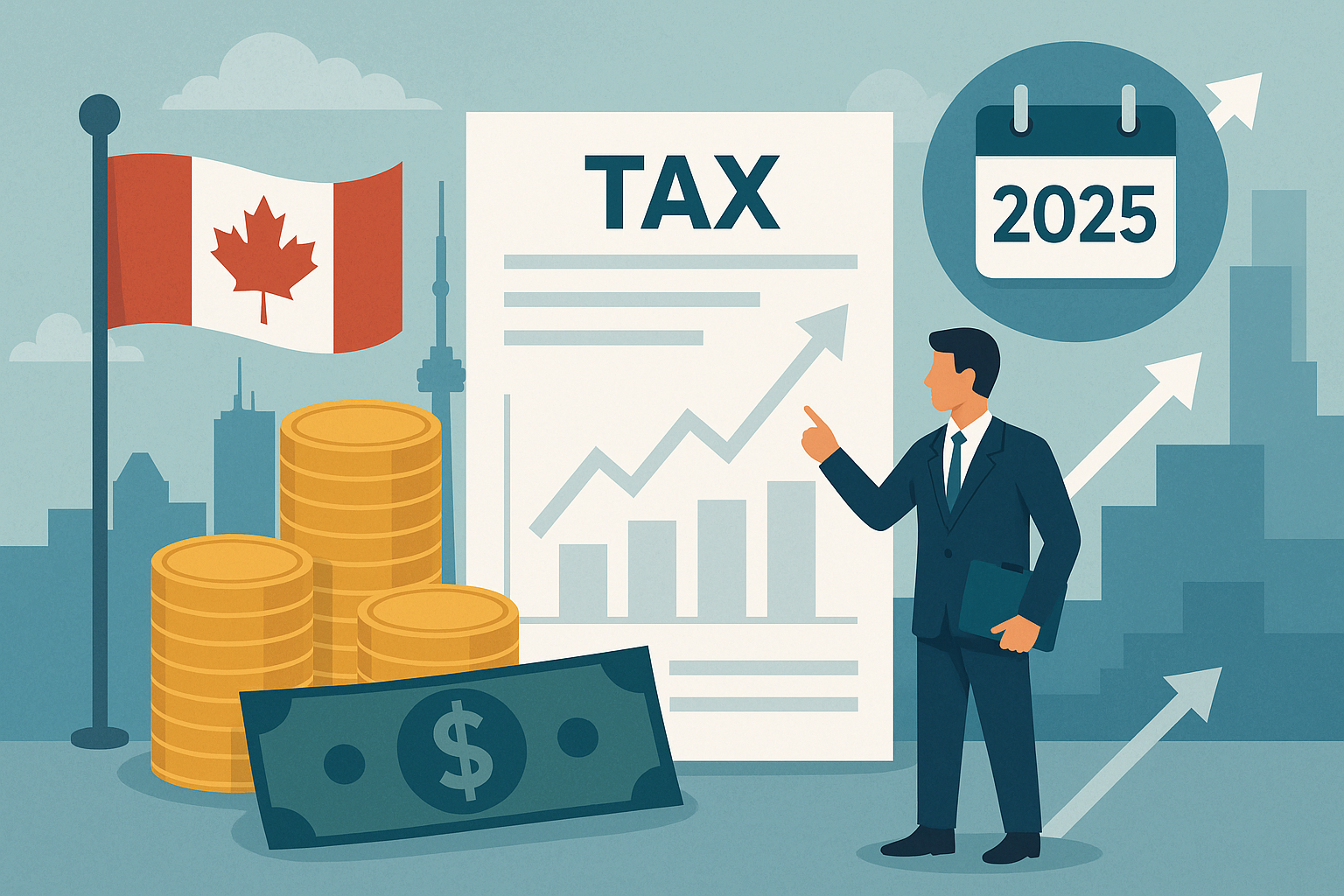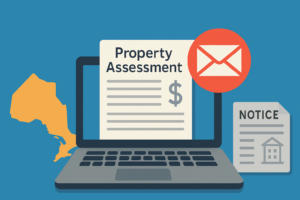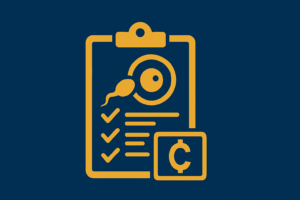Let’s be honest, cash flow is king when you’re running a small business. And in 2025, Ontario business owners have a golden opportunity to keep more cash in their pockets, thanks to a temporary tax deferral window.
Think of it like a government-sponsored breathing room for your bank account.
In this post, we’ll break down what the 2025 tax deferral window is, how it works, and how you can use it strategically to boost your cash flow without getting burned later.
What Is the 2025 Tax Deferral Window?
The Ontario government is giving eligible small businesses the option to defer certain provincial tax payments for up to six months in 2025. This includes:
- Employer Health Tax (EHT)
- WSIB premiums
- Provincial corporate income tax installments
- Some provincial sales taxes (for specific industries)
This deferral is not a forgiveness program, but it buys you extra time to pay what you owe, which can help free up cash in the short term.
💡Pro Tip: Just because you can defer, doesn’t mean you should do it blindly. You need a plan to use the freed-up cash wisely and to pay the deferred taxes later.
How Deferring Taxes Can Improve Your Cash Flow
When your business defers tax payments, it keeps more cash in the bank. That liquidity can be used to:
- Pay down high-interest debt
- Invest in inventory or equipment
- Cover payroll during seasonal slumps
- Bridge funding gaps while waiting for receivables
But remember, this is a temporary boost. Deferred taxes will still come due. That means you need a strategy that makes today’s advantage worth tomorrow’s obligation.
💡Pro Tip: Don’t use your tax deferral to fund losses. Use it to generate more revenue or reduce costs. That’s how you get a real return on this opportunity.
Who Qualifies for the Tax Deferral Window?
Most Ontario-based small businesses with less than $10 million in annual revenue may be eligible. However, qualification may depend on:
- Your industry
- Your filing history
- Whether your business is in good standing with the CRA and Ontario Ministry of Finance
It’s best to consult your accountant to see if your business qualifies and which taxes you can actually defer.
Timing Is Everything: How to Maximize the Window
To make the most of this temporary benefit:
1. Review Your Upcoming Tax Obligations
Figure out which payments are eligible and when they would normally be due.
2. Calculate the Impact on Cash Flow
Forecast what deferring those payments would look like on your monthly cash position.
3. Reallocate Funds Strategically
Use the extra cash to strengthen your business, not just plug holes.
4. Set Reminders for Deferred Payments
Create a repayment plan before the due date sneaks up and crushes your momentum.
💡Pro Tip: Pair your deferral plan with a cash flow forecast. This lets you see the long-term impact before making short-term moves.
Don’t Go It Alone: Why Strategy Matters
Using a tax deferral window without a solid financial game plan is like skipping leg day, then trying to run a marathon. It’s a short-term fix that can turn into long-term pain if you’re not careful.
A trusted advisor can help you:
- Identify eligible tax payments
- Plan how to use the cash
- Forecast repayment timing
- Avoid interest or penalties
If you’re looking to take full advantage of this deferral period while keeping your finances on track, working with an expert in Financial Controller Services can make all the difference.
Final Thoughts
Ontario’s 2025 tax deferral window is a timely lifeline for small businesses looking to smooth out cash flow and reinvest in growth. But it’s only useful if you know how to use it wisely.
Want help with your business finances? Contact our accounting team today to get expert support tailored to your needs.






